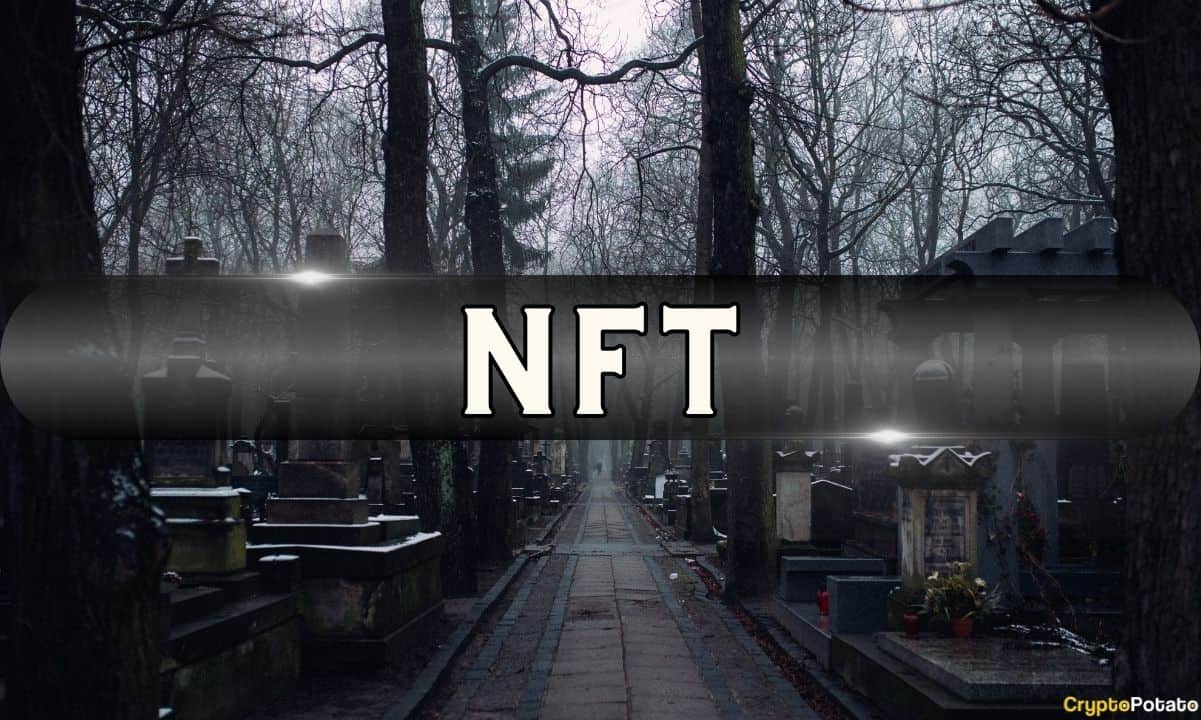NFT Lending Crashes 97%—Is This the End or a Phoenix Moment?

Once the golden child of decentralized finance, NFT lending just got served a brutal reality check. Volumes evaporated faster than a meme coin’s hype—down a staggering 97%. Was it overleveraged degens, regulatory headwinds, or just the market finally realizing JPEGs don’t pay the bills?
The sector’s on life support, but crypto loves a comeback story. Can it pivot beyond bored apes and fractionalized yachts? Maybe. Or maybe this is just another ’innovative financial product’ joining the graveyard of blockchain experiments—right next to algorithmic stablecoins and ICOs.
NFT Lending In Crisis
The downturn in NFT lending is closely linked to the broader slump in the NFT market. Many top-tier collections have seen their floor prices plunge over 50% from peak levels, eroding the value of collateral and, in turn, lending activity. While a handful of projects have bucked the trend, they remain rare exceptions unable to revive the sector.
Loan durations averaged 31 days in May, maintaining a consistent trend seen throughout 2024 and into 2025. This figure is notably shorter than the 40-day average observed in 2023, which, according to DappRadar’s report, hints at a shift in borrower behavior toward shorter, more strategic use of liquidity, rather than longer-term commitments.
The average NFT loan in May 2025 was just $4,000, a steep decline from $14,000 in May 2024 and $22,000 in early 2022, which represents a 71% yearly drop. It suggests borrowers are either using less valuable NFTs or avoiding heavy leverage. The user base has collapsed too: active borrowers and lenders have fallen nearly 90% and 78%, respectively, since their January 2024 peak.
Reigniting The Sector
For NFT lending to regain momentum, new drivers are essential. DappRadar stated that integrating real-world asset (RWA) NFTs – like real estate or yield-generating tokens – could provide stronger, more reliable collateral.
Simplified, intent-based interfaces that match loan terms to user needs may reduce complexity and attract more users.
Additionally, evolving beyond traditional peer-to-peer lending toward smarter infrastructure, including undercollateralized options, credit profiling, and AI-based risk tools, could elevate the ecosystem and make NFT lending a more viable and scalable financial service.

